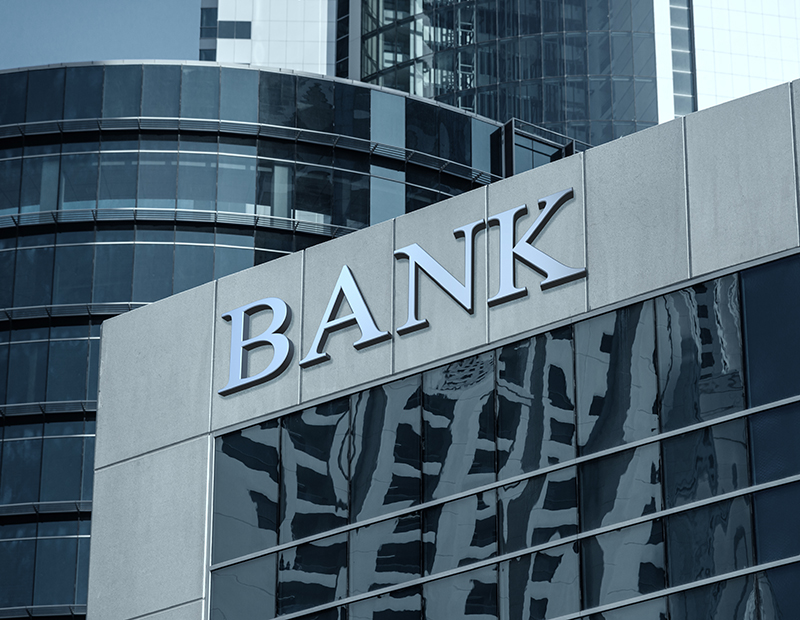Developers to Breathe New Life into Iconic Stapleton Air Traffic Control Tower
After two decades of neglect following the closing of the Stapleton International Airport, Cleveland, Ohio-based developer Forest City Enterprises and Seasoned Development unveiled plans for the redevelopment of the airport’s iconic air traffic control tower.
By Ioana Neamt, Associate Editor
After two decades of limbo after the Stapleton International Airport was closed, Cleveland, Ohio-based developer Forest City Enterprises and Seasoned Development unveiled plans for the redevelopment of the airport’s iconic air traffic control tower.
The plan calls for the rebirth of the 12-story tower as the home of Denver’s second Punch Bowl Social location. The Denver-based hospitality brand will also move its headquarters into the redeveloped building.
“This community has been looking for a way to activate the tower space for a long time,” said Denver City Council President Chris Herndon, representing Stapleton. “Punch Bowl Social offers a family-friendly environment for dining and entertainment, and a great neighborhood option for date night for parents.”
Located at the intersection of Central Park Blvd. and Martin Luther King Blvd. in Denver’s vibrant Stapleton community, the former control tower has been vacant since 1995. According to the developers, much of the building’s interior structure will have to be removed due to substantial degradation. Local architect Becky Stone of OZ Architecture will design the building’s new look, and will try to conserve the tower’s familiar exterior architecture.
The control tower is all that is left of the former Stapleton International Airport, Denver’s main airport from 1929 to 1995. More than two decades ago, the airport was decommissioned and replaced with the Denver International Airport.
The site of the old airport underwent a massive redevelopment led by Forest City Enterprises, and is now the city’s largest neighborhood. The Stapleton community currently includes 19,000 residents, 9 neighborhoods, 9 schools, 50 parks, as well as several shopping and business districts.
The project is scheduled for completion in the first half of 2016.
Rendering courtesy of OZ Architecture and Punch Bowl Social








You must be logged in to post a comment.